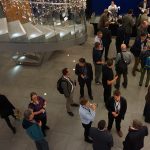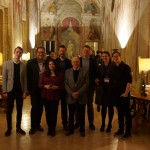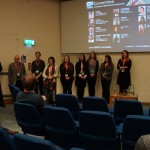Explore the Colli Albani caldera at the GRSG Conference 2019
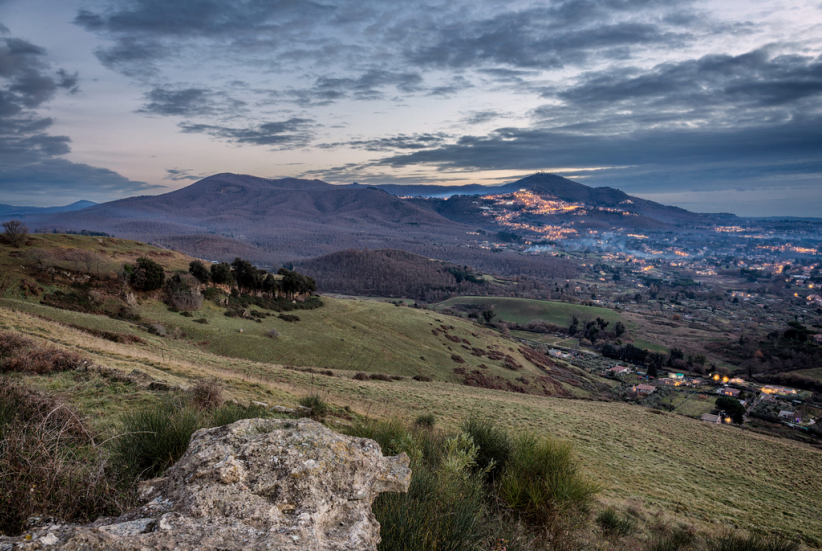 The GRSG Annual Conference is one of the highlights of the geology calendar and this year, remote sensing experts from around the world will meet in the Italian town of Frascati to present and swap ideas and knowledge.
The GRSG Annual Conference is one of the highlights of the geology calendar and this year, remote sensing experts from around the world will meet in the Italian town of Frascati to present and swap ideas and knowledge.
To further enhance what is already a hugely valuable meeting, the committee has included a field trip which will explore the history of one of the most explosive mafic volcanoes in the world!
Led by local experts Prof. Guido Giordano and Matteo Trolese, both from Roma Tre University, attendees will spend Friday 13th December (the day after the conference closes) exploring four sites within the Colli Albani caldera.
Read the full details below:
The Colli Albani caldera (Roma, Italy): History of one of the most explosive mafic volcanoes in the world
Field Trip Date: Friday 13th December 2019
Departure time: 09:00
Arrival time: 16:00
Personal gear: Rain or light mountain boots, Waterproof and wind resistant clothing, field book, camera
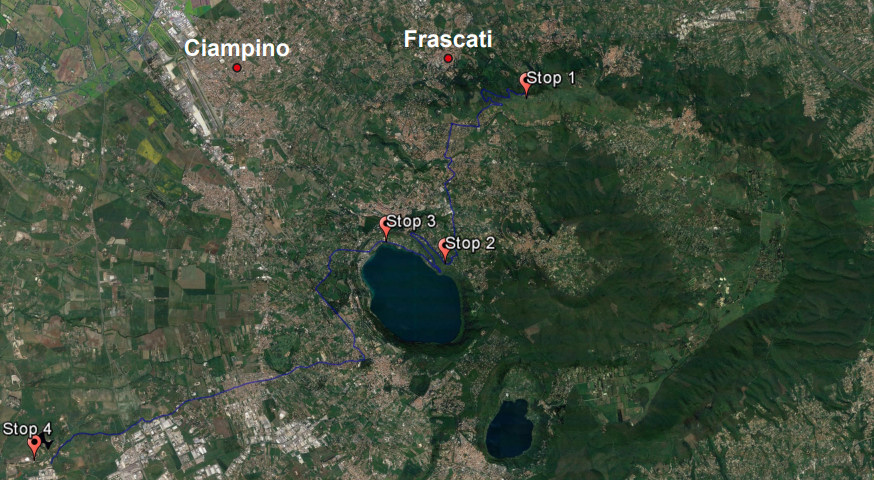
STOP 1: TUSCOLO RIM AND THE CALDERA
This first stop is located at the edge of the caldera (41°47’52’’N – 12°42’30’’E) to have an overview of the inner portion of the caldera with its intracaldera stratovolcano: the Monte Faete. In addition, it is possible to observe the structural control of the ring fault system on the caldera collapse and the proximal ignimbrite outcrops of the large-volume, caldera-forming eruption known as “Villa Senni”. Along the inner slope of the caldera, the most proximal outcrop of the Villa Senni eruption is made by a 140 cm thick basal Plinian fallout, overlain by a sequence of two ignimbrites (the Tufo Lionato followed by the Pozzolanelle).
STOP 2: ALBANO MAAR SUCCESSION
Here we will have a look at the phreato-magmatic products erupted from the Albano maar (41°45’20’’N – 12°40’49’’E), which is the youngest center of the Colli Albani volcano. The phreato-magmatic succession starts at about 360 m a.s.l. with deposits typically alternating massive and stratified ash layers, with almost ubiquitous abundance of sedimentary (carbonates, shales), metamorphic (marbles), metasomatic (skarn) and intrusive xenoliths. These xenoliths give the typical macroscopic “salt and pepper” aspect from which these rocks, largely utilized as building stones since Roman age, obtained their local name “peperino”.
STOP 3: ALBANO MAAR LAKE
At mid-day, we will stop on the shore of the Albano maar lake (41°45’40’’N – 12°39’36’’E) to observe the youngest center of the monogenetic volcano, which is potentially still active, and have lunch. And if you are brave enough, you may consider to have a swim in the lake!
STOP 4: ACTIVE HYDROTHERMAL ACTIVITY
Our last stop will be at the red lake within the Zolforata di Pomezia abandoned mine (41°42’16’’N – 12°32’16’’E), where abundant hydrothermal degassing (mainly CO2, but also H2S and other gases) is still active. In this area, sulfate and sulfite mineralizations and strongly altered ignimbrites (mainly Tufo Lionato and Pozzolanelle) are exposed.
Note: places are limited and will be given out on a first-come-first-served basis.
There is also a very small charge of €20 per person, to cover costs and is payable on the day.


